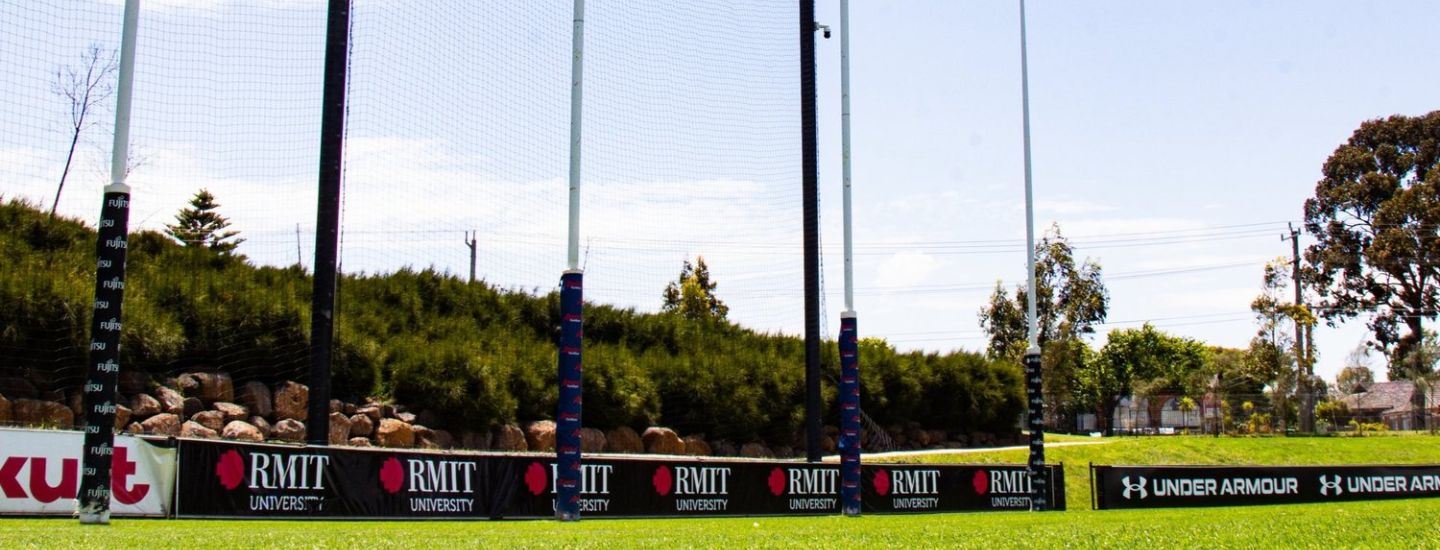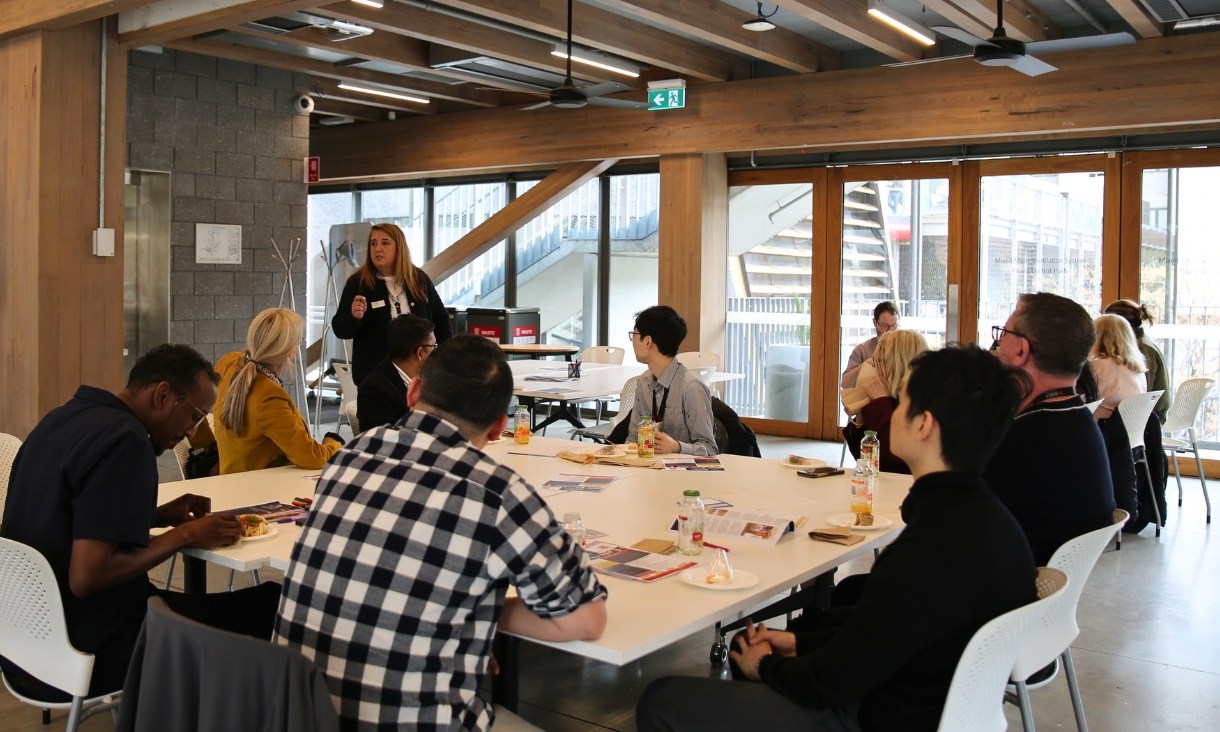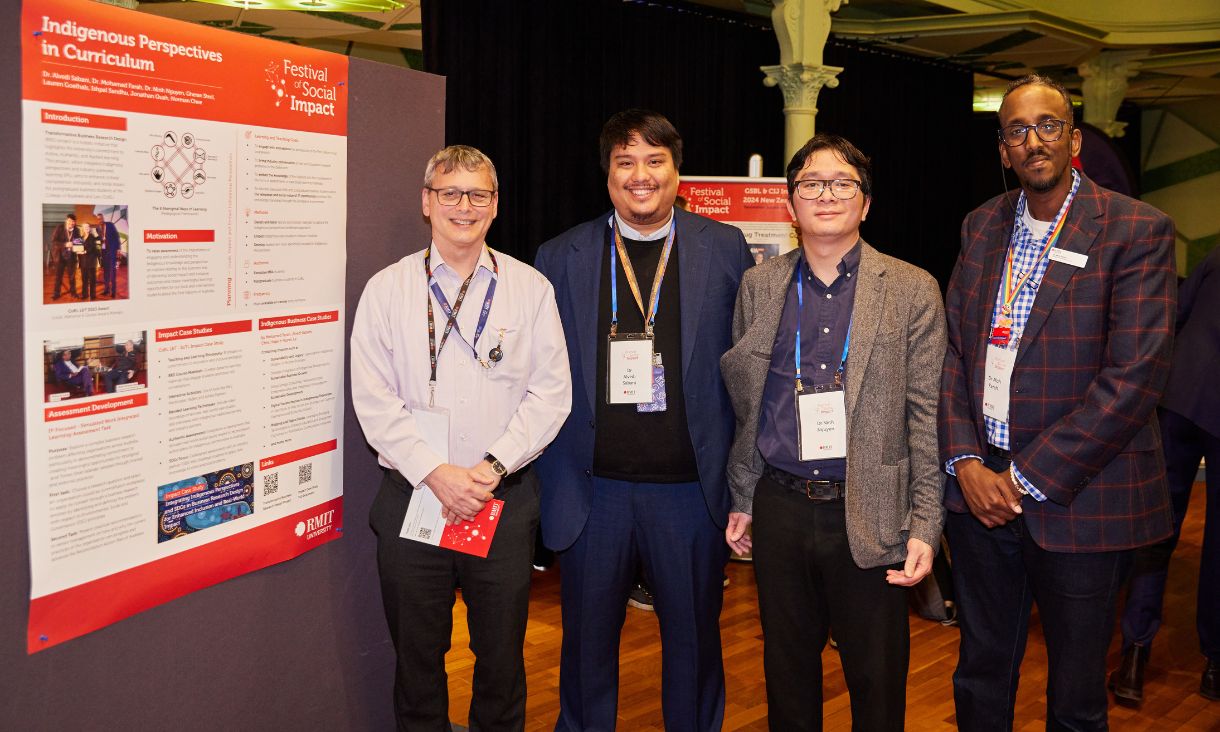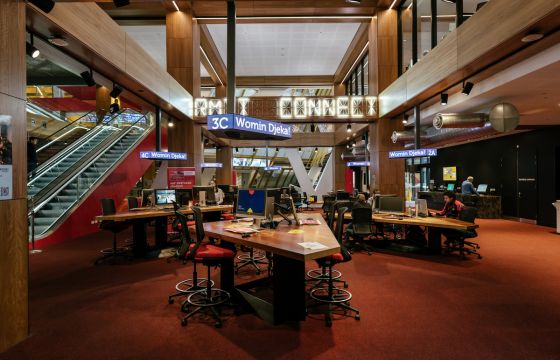Engaging students as partners in their learning and assessment
When responding to client problems, Esteban facilitates an ‘on the job’ type environment where he engages the client or industry partner to provide the context and limitations of the project.
Rather than the teacher simply telling the students what to do, they’re learning in real time to understand the project requirements and extract salient information to formulate client briefs.
The class then works together to analyse the best aspects of each brief, evaluating against core curriculum concepts with guidance from the teacher and collaborate to write the final brief together.
The method provides ownership over something the students have co-created themselves, they remember it and gain value out of it.
By having students understand a problem and formulate their own path to the solution, you’re asking them to use a higher level of critical thinking.
"It might sound chaotic, and it’s true that there is an element of the unknown which could be perceived as stressful, but for the student, it’s exciting because they know it’s going to go where they want it to go", said Esteban.
A student-centric andragogy
In curating and delivering a course, Esteban believes subject selection is crucial to the learning journey a student will embark on, challenging the idea that a course is merely a collection of units.
Considerations are student-centric, with a focus on questioning the skills students are gaining from a particular way of learning and what learning journey will encourage a higher level of critical thinking.
From a teaching perspective, it’s about questioning how to get them to think beyond a pass or fail and building a learning journey that shows them the path to the course outcomes.
If I’m looking at a set of learning objectives or outcomes in a course structure, and I’m bored – then I know the student will be too. All learning should have a hook, a why.
Esteban practices the belief that good teaching begins with empowered students. He begins each program by encouraging students to realise their self-awareness, self-leadership and identify their strengths and weaknesses, empowering them to take ownership of the program and the outcomes they’ll gain from it.
Not only does this approach drive higher engagement, student satisfaction and outcomes, but it encourages the resilience and adaptiveness that are crucial to lifelong learning, setting his students up for success in life and industry.
To leverage a sporting metaphor, I’m not going out there and kicking the ball for the students. Rather, I’m identifying their strengths and weaknesses and they must see if they can control these themselves to reach the outcome.










